How to integrate Google Analytics data into Crisp
See where your leads and customers are coming from by capturing Google Analytics data with each new chat in Crisp
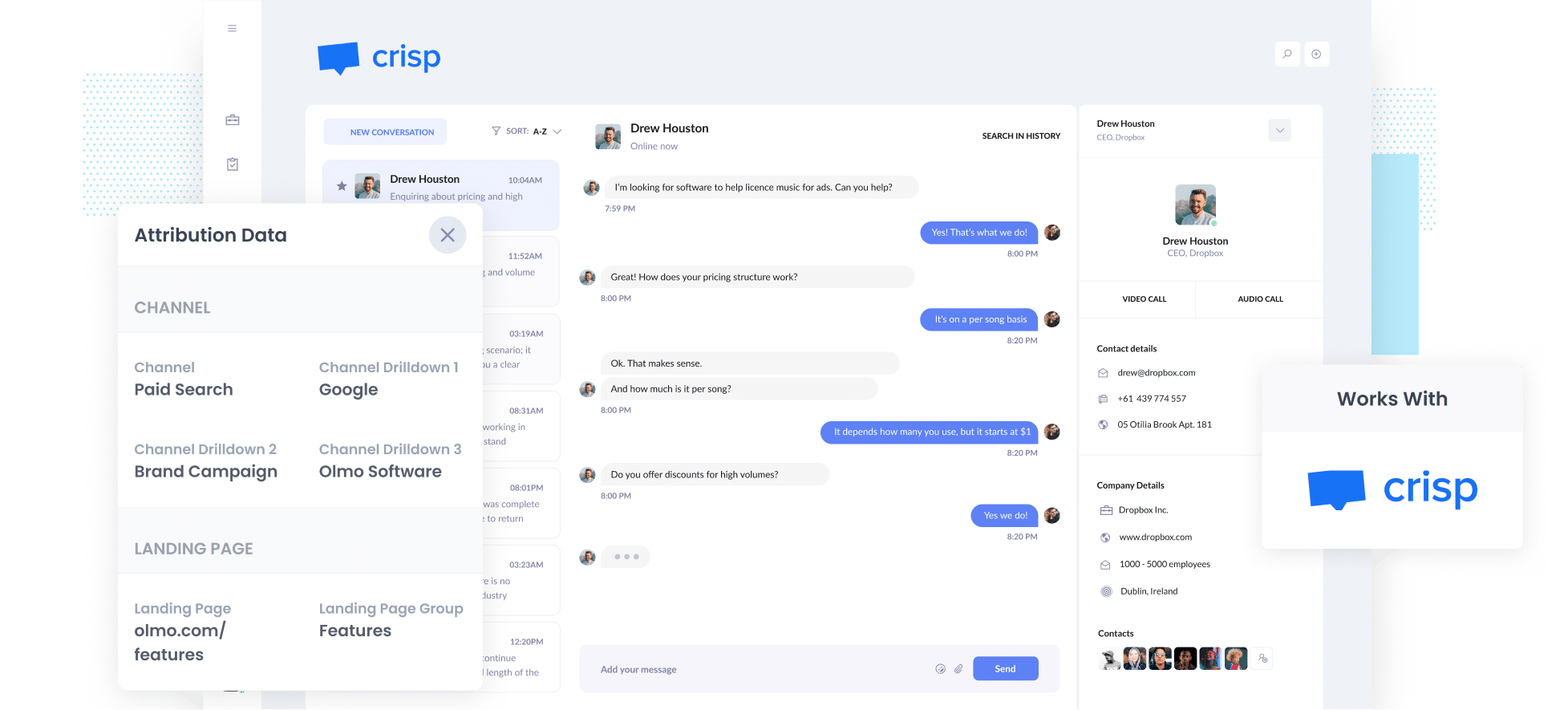
Are you struggling to understand where your leads and customers are coming from?
Google Analytics is a great tool for tracking where your website visitors are coming from, but unless you're an eCommerce store it can't really tell you which ones became leads and customers and how much revenue they generated.
That’s where Attributer comes in.
In this article, we’ll show you how to use Attributer to automatically capture Google Analytics data for every new chat in Crisp. You can then send that data to your CRM (or other tools) and run reports that show you which channels and campaigns are driving the most new leads and customers.
4 steps for capturing Google Analytics data in Crisp
When you use Attributer, capturing Google Analytics data in Crisp is straightforward. All you’ll need to do is follow these four steps:
1. Add the Attributer code to your website
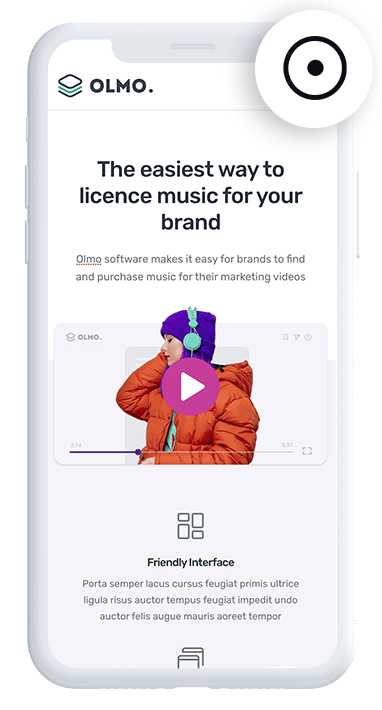
To get started, sign up for a free 14-day trial with Attributer. Once you've done that, you’ll receive a small snippet of code to add to your website.
How you add it depends on the platform your site is built on. Most websites allow you to insert the code directly through the dashboard or settings. If you prefer, you can also use a tag manager like Google Tag Manager to handle it.
We’ve created detailed, step-by-step guides for all the major website platforms to make the setup quick and easy, and you can find them here.
2. Attributer automatically passes through Google Analytics data with each new chat
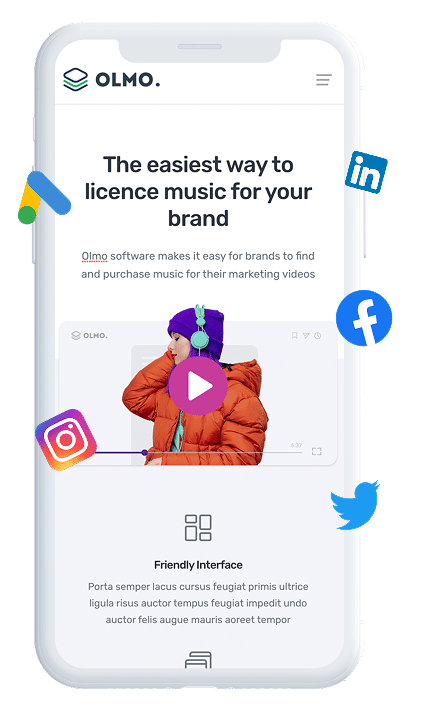
When someone starts a chat on your website, Attributer automatically captures details about how they first found your business.
For example, imagine you manage marketing for a boutique fitness studio. A potential client clicks on one of your Google Ads, lands on your site, and starts a chat. Attributer would capture the following information (based on the UTM parameters in your ad):
- Channel: Paid Search
- Channel Drilldown 1: Google
- Channel Drilldown 2: Summer Bootcamp Campaign
- Channel Drilldown 3: “HIIT classes near me” (or whatever keyword they searched)
Attributer would also record the visitor’s first landing page. Something like:
www.sparklefitness.com/classes/hiit-bootcamp
This way, you can clearly see which marketing efforts are driving new leads, which ads and keywords are performing best, and which pages on your site are turning visitors into leads.
3. Google Analytics data is captured in Crisp and can be sent to other tools
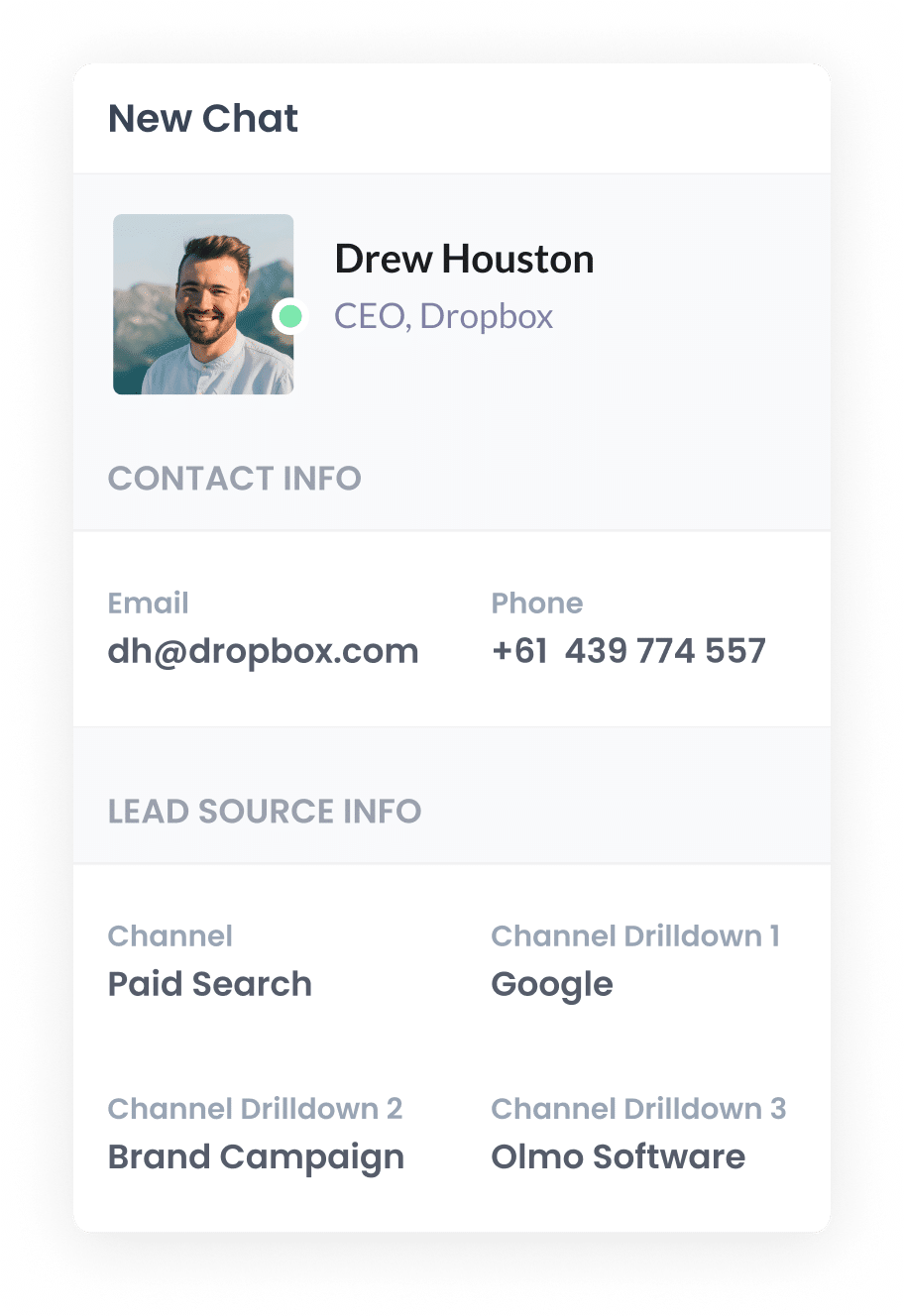
Once Attributer passes the data through, you can view it alongside the chat directly in your Crisp account.
Crisp also offers native integrations with CRMs like Salesforce, HubSpot, Pipedrive, and Zoho, so you can automatically create new leads or contacts, complete with the Google Analytics data captured by Attributer.
If your CRM isn’t directly supported, you can use automation tools like Zapier to send lead information to other systems, add it to a spreadsheet, or trigger other workflows.
4. Run reports to see where your leads are coming from
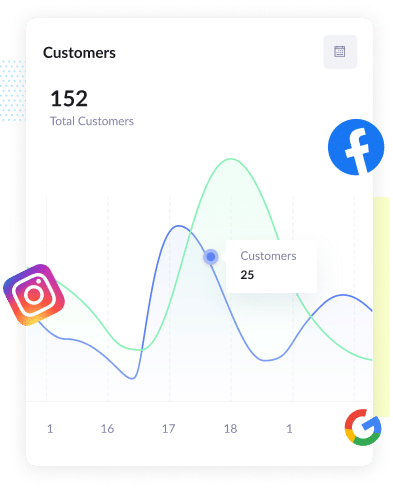
Once the Google Analytics data is captured in your CRM or spreadsheet, you can use its built-in reporting tools to create dashboards that show exactly where your leads and customers are coming from.
For example, you could generate reports that show:
- How many leads originated from your Google Ads campaigns
- Which Meta Ads campaigns are driving the new customers
- The volume of new leads coming from your SEO efforts
This makes it easy to see what’s working and what isn't, so you can focus on the channels that deliver the best results.
What is Attributer and what data gets passed through?
Attributer is a small piece of code that you add to your website.
When someone visits, it automatically checks where they came from and sorts them into different channels. These are the same channels you see in Google Analytics, like Paid Search, Organic Search, Paid Social, Organic Social, and more.
Then, when that visitor starts a chat, Attributer automatically sends this information through to Crisp.
It passes through two key pieces of information about how the lead found your website:
1. Channel
Attributer shows you which Channel brought a lead to your site, like Paid Search, Paid Social, or Organic Search, and provides extra detail through the Channel Drilldown fields.
For example, if a visitor landed on your site after clicking a Google Ad, Attributer won’t just tell you they came from Paid Search. It can also capture the exact campaign, the specific ad they clicked, the keyword they searched for, and other useful details.
This gives you a complete picture of how your leads are finding your site and which campaigns are truly driving results.
2. Landing Page
Attributer also tracks the first landing page a visitor arrives on, along with the broader category that page falls into.
For example, if a lead first lands on sparklefitness.com/blog/beginners-guide-hiit-workouts, Attributer would capture that full URL as well as the landing page group (i.e. /blog).
This makes it easy to see which types of content, like blog posts, service pages, etc., are driving the most leads, and lets you drill down to see exactly how many leads each specific page is generating.
3 example reports you can run when you capture Google Analytics data in Crisp
Before I created Attributer, I spent more than 15 years leading marketing teams across various companies.
During that time, I ran countless reports trying to figure out which marketing activities were actually driving results. I needed to know where to focus our efforts, how to allocate budget wisely, and which campaigns were worth doubling down on to fuel growth.
Over the years, I found three types of reports particularly valuable. Once you’re capturing Google Analytics data in Crisp and feeding it into your CRM or reporting tools, you’ll be able to build these same reports.
1. Leads by Channel
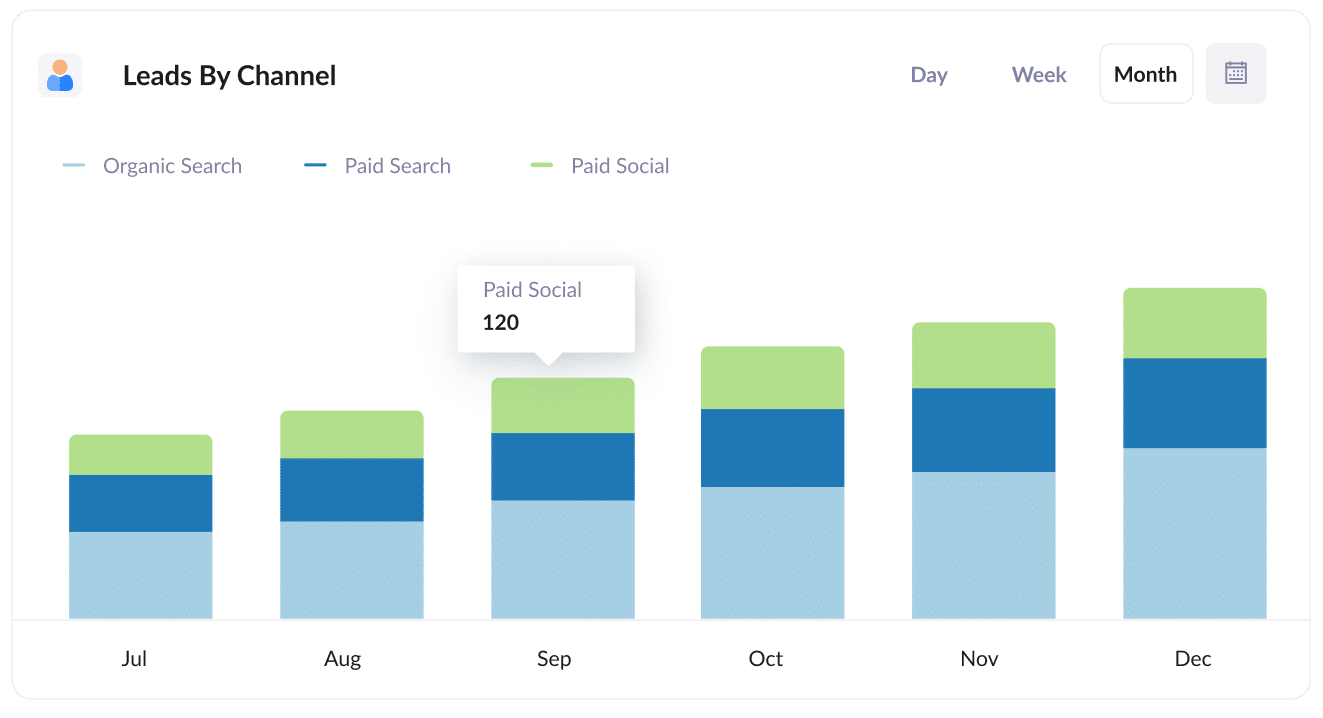
This report gives you a month-by-month snapshot of how many leads you’re generating and which marketing channels are driving them.
It’s an easy way to see what’s performing well and spot any channels that might need a rethink.
For example, if the majority of your leads are coming from Organic Search but most of your budget is going toward paid campaigns, then there might be an opportunity to move some budget around and save a few dollars.
2. Customers by Facebook Ads Network
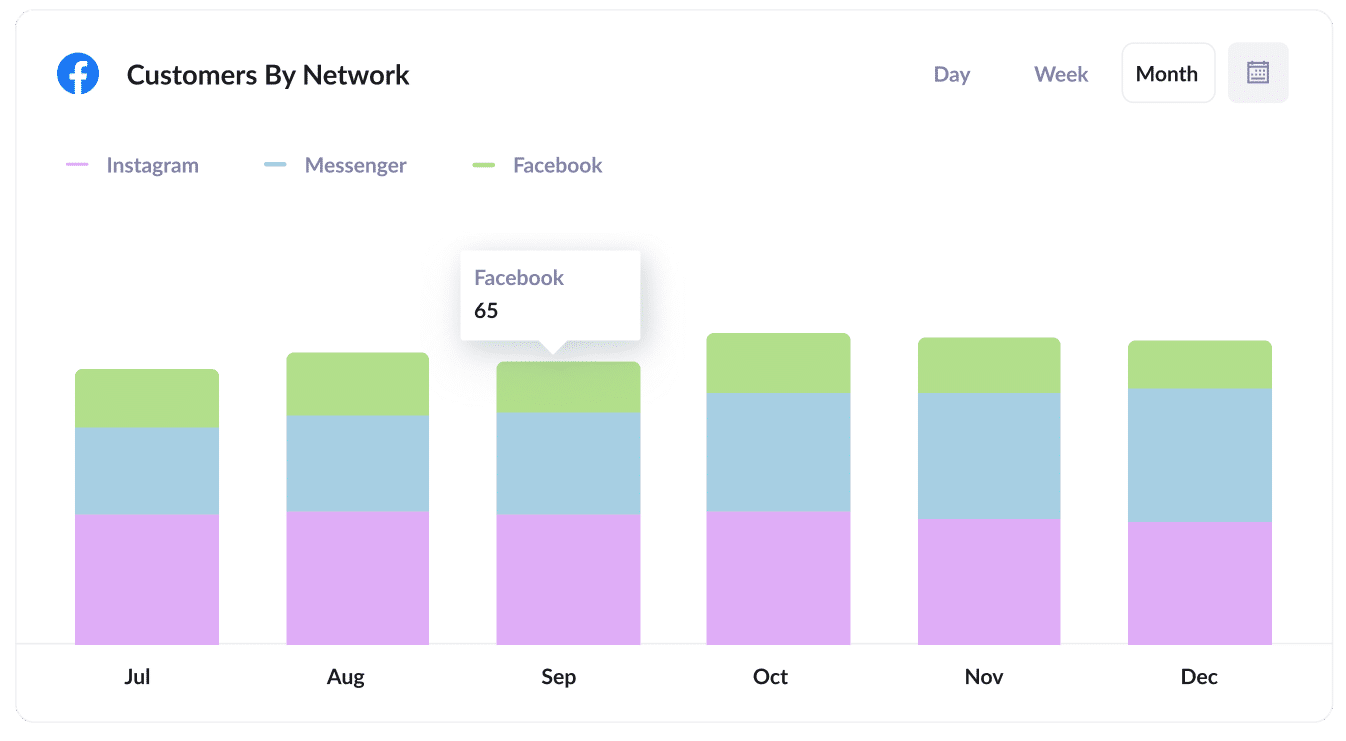
When you advertise on Meta, your campaigns can appear across multiple social networks, including Facebook, Instagram, Messenger and WhatsApp.
It’s important to track how each network is performing individually, so you can make smarter decisions about where to invest your ad budget.
That's where this report comes in. It shows the number of new customers coming from each network every month.
You can use this data to optimise your ad spend, focusing on the networks that are generating the most customers and pulling back on the ones that aren't.
3. Revenue from Organic Search by search engine
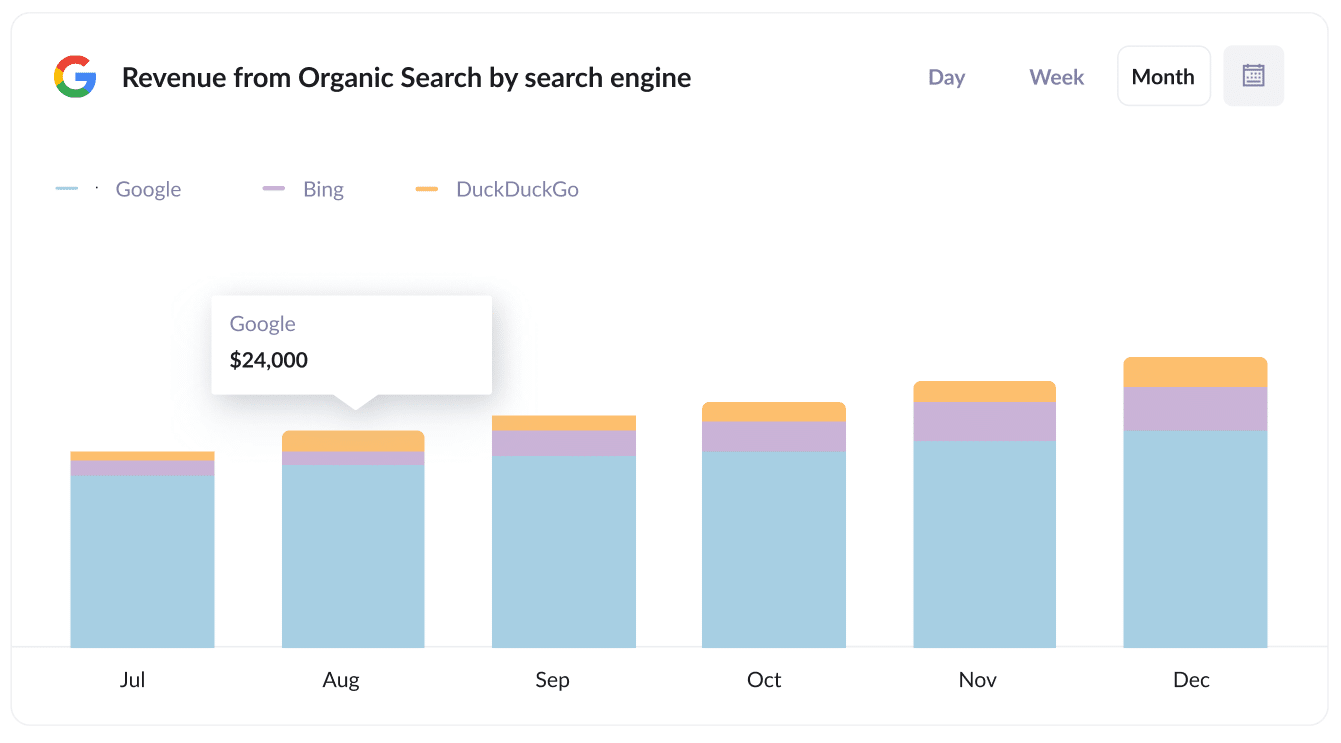
This report shows the revenue generated from customers who started a chat after discovering your website through Organic Search. It also breaks the data down by search engine, including Google, Bing, and DuckDuckGo.
With this insight, you can better understand how your SEO efforts are performing, see which search engines are driving the most value, and track trends over time.
How Attributer helped Qwilr track the source of all their leads and customers
Qwilr is an Australian software company that helps businesses create sales proposals as beautiful, interactive webpages, rather than static PDFs.
They generate leads in a variety of ways: prospects can start a free trial, book a demo, start a chat via their website, register for a webinar, and more.
Before using Attributer, Qwilr could track the source of free trial signups, but had no visibility into where other leads, like demo bookings, webinars, or live chats, were coming from.
That’s where Attributer came in.
Because Attributer worked with all their tools, Qwilr was able to capture attribution data for every new lead, no matter how they converted.
Having attribution data on every lead allowed Qwilr to uncover valuable insights. For example, they were investing heavily in Google Ads and found that, although their Display and Performance Max campaigns were generating a large number of website visitors, those visitors rarely converted into leads. On the other hand, search ads were driving high-quality visitors who converted into leads and customers at a high rate.
With this insight, Qwilr shifted its ad budget to search campaigns, resulting in more customers at a lower acquisition cost.
“Attributer gives us clean, structured marketing attribution data across all our various lead sources. It’s helped us know what paid campaigns are working, how certain types of content perform, how our SEO efforts are tracking, and more”

Mark Tanner - Co-Founder & Chief Revenue Officer
Wrap up
Attributer makes it simple to capture Google Analytics data with every new chat in Crisp.
From there, you can push that data into your CRM or other tools and build reports to see exactly which marketing efforts are driving the most leads, customers and revenue.
The best part? Getting started is free, and setup takes less than 10 minutes. So get started with our 14-day trial today!
Get Started For Free
Start your 14-day free trial of Attributer today!

About the Author
Aaron Beashel is the founder of Attributer and has over 15 years of experience in marketing & analytics. He is a recognized expert in the subject and has written articles for leading websites such as Hubspot, Zapier, Search Engine Journal, Buffer, Unbounce & more. Learn more about Aaron here.
